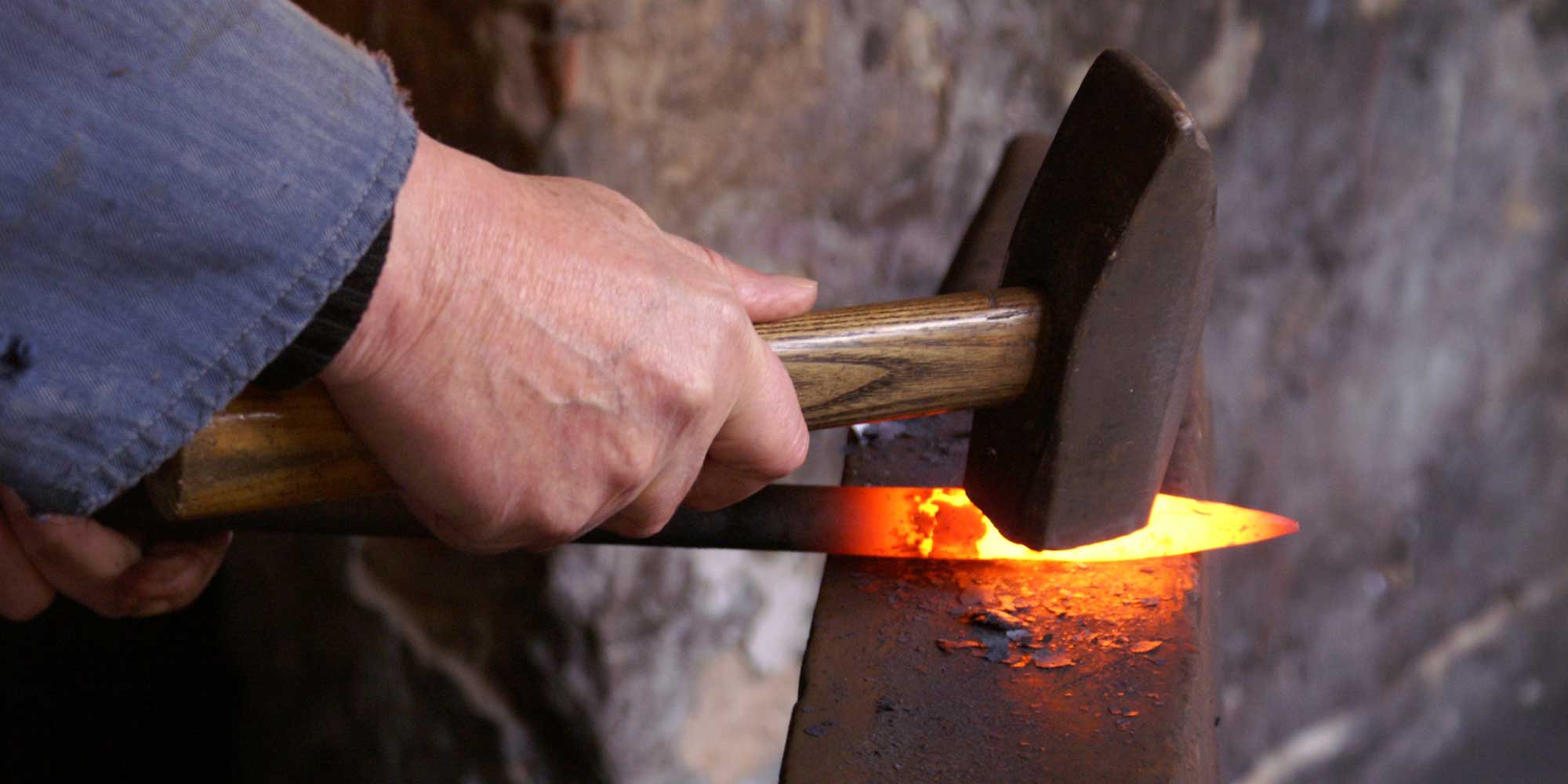Heat treatment refers to a metal thermal processing process in which the material is heated, held, and cooled in the solid state to obtain the desired structure and properties. During the progress from the Stone Age to the Bronze Age and the Iron Age, the role of heat treatment was gradually recognized.

History of Metal heat treatment
In the 1863, British metallographic scientists and geologists showed six different metallographic microstructure of steel under microscope, which showed that the microstructure of steel was changed in the process of heating and cooling, and the phase in the steel was transformed into a hard phase when the heat was cold. The iron-homogeneous heterogeneity theory established by the Frenchman, as well as the earliest iron-carbon phase diagram developed by the British Austin, have laid a theoretical foundation for the modern heat treatment process. At the same time, the method of metal protection during heat treatment is studied to avoid the oxidation and decarbonization of metals during heating process. 1850-1880 years, for the application of various gases (such as hydrogen, gas, carbon monoxide, etc.) to protect the heating has a series of patents. 1889-1890 years, the British lake to obtain a variety of metal bright heat treatment patents. Since 20th century, the development of metal physics and the transplanting of other new technologies have made the metal heat treatment process much more developed. A notable advance is 1901-1925 years, in the industrial production of the use of rotary furnace for gas carburizing; The 30 's dew point potential difference, the furnace atmosphere of the carbon potential to achieve controllable, and then the use of carbon dioxide infrared meter, oxygen probes, etc. to further control the atmosphere carbon potential in the furnace method; the 60 generation, heat treatment technology uses the role of plasma field, the development of ion nitriding, carburizing technology, laser, electron beam technology, the use of metal to obtain a new surface heat treatment and chemical heat treatment methods.
Process of metal heat treatment
Heat treatment process generally includes three processes of heating, heat preservation and cooling, sometimes only two processes are heated and cooled. These processes are mutually cohesive and uninterrupted. Heating is one of the important processes of heat treatment. Metal heat treatment of many heating methods, the earliest use of charcoal and coal as a heat source, near the application of liquid and gaseous fuel. The application of electricity makes the heating easy to control and no environmental pollution. These heat sources can be directly heated or indirectly heated by molten salts or gold, or even floating particles. When the metal is heated, the workpiece is exposed to the air, often occurs oxidation, decarbonization (that is, steel parts surface carbon content reduction), which has a very adverse effect on the superficial of the parts after heat treatment. Thus metals should normally be heated in a controlled atmosphere or in a protective atmosphere, in molten salts and in a vacuum, and can also be protected by coating or packaging methods. Heating temperature is one of the important technological parameters of heat treatment process, and selecting and controlling the heating temperature is the main problem to ensure the quality of heat treatment. The heating temperature varies with the purpose of the treated metal and heat treatment, but is generally heated to a phase change temperature above to obtain high temperature tissue. In addition, the transition requires a certain amount of time, so when the metal workpiece surface to meet the required heating temperature, but also at this temperature to maintain a certain time, so that the internal and external temperature consistent, so that the microstructure changes completely, this time is called holding time. High energy density heating and surface heat treatment, heating speed is very fast, generally there is no insulation time, and chemical heat treatment of heat preservation time is often longer.
Cooling is also an indispensable step in the process of heat treatment, the cooling method is different from the process, mainly to control the cooling rate. Generally, the cooling rate of annealing is the slowest, the cooling speed of normalizing is faster, and the cooling speed of quenching is quicker. But also because of different grades and different requirements, such as the hollow steel can be the same as the cooling speed of the fire hardening.
Related
- What is Quenching? Why Steel Needs to be Quenched?
- What is Annealing? Why Steel Needs to be Annealed?
- Introduction of metal heat treatment process (Ⅱ)
Contact
CIVMATS produces stainless steel products, such as pipes & fittings, bars. If you are in demand, please contact us:
- Company: CIVMATS CO., LIMITED
- Phone: 86-519-81809659
- Fax: 86-519-81809959
- Email: [email protected]
- Address: 10th Floor, Xin Cheng Nan Du, Wujin District, Jiangsu, China
- Website: www.civmats.com

